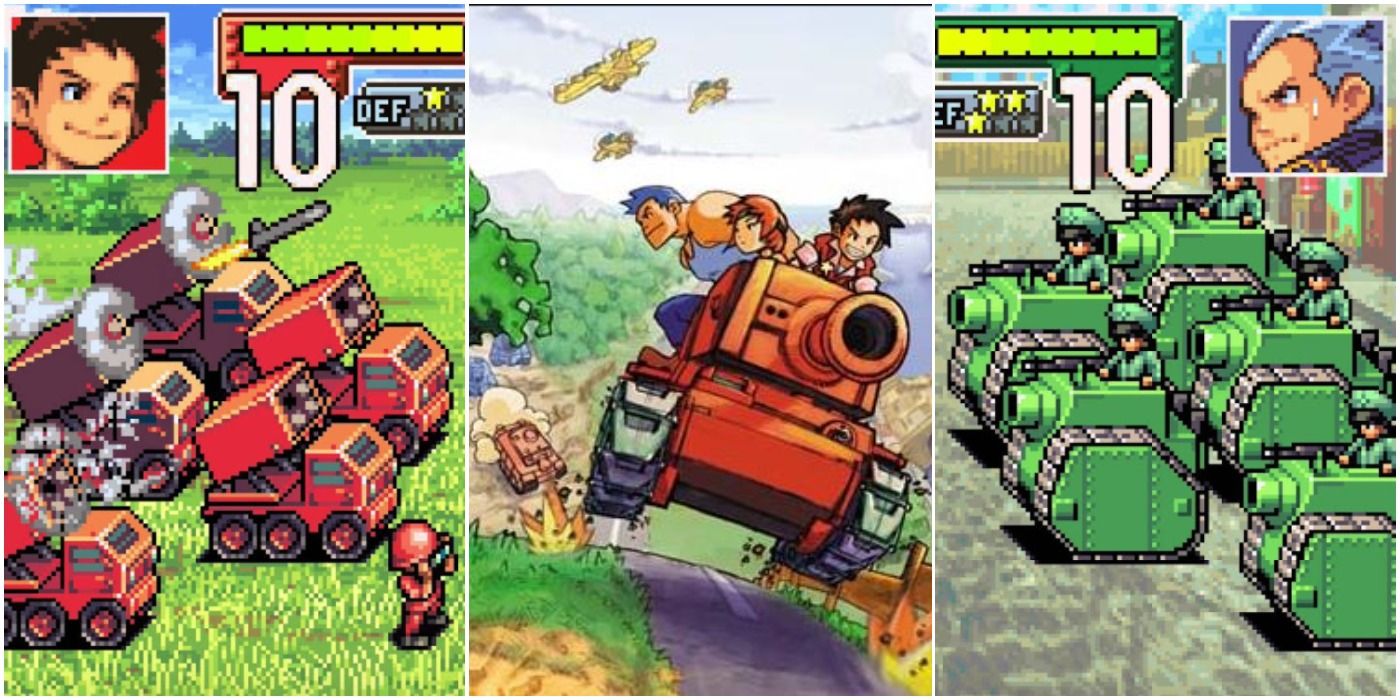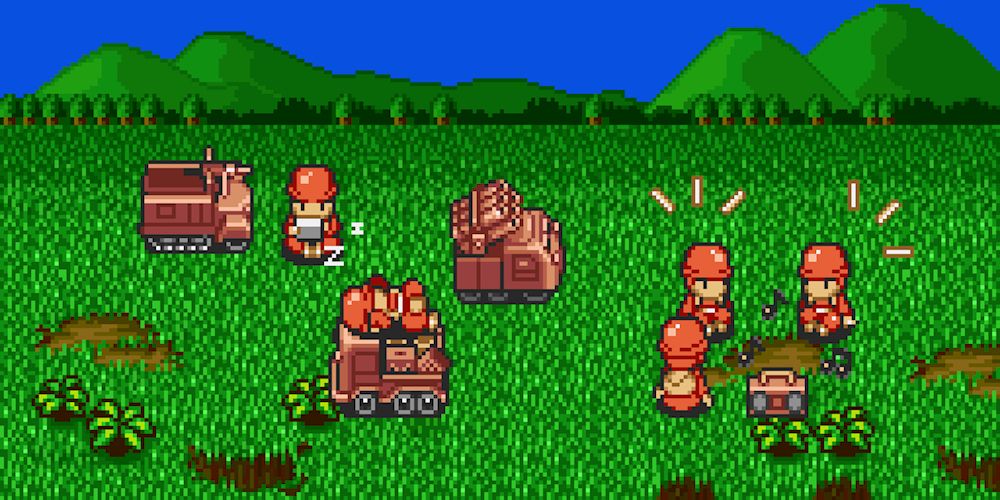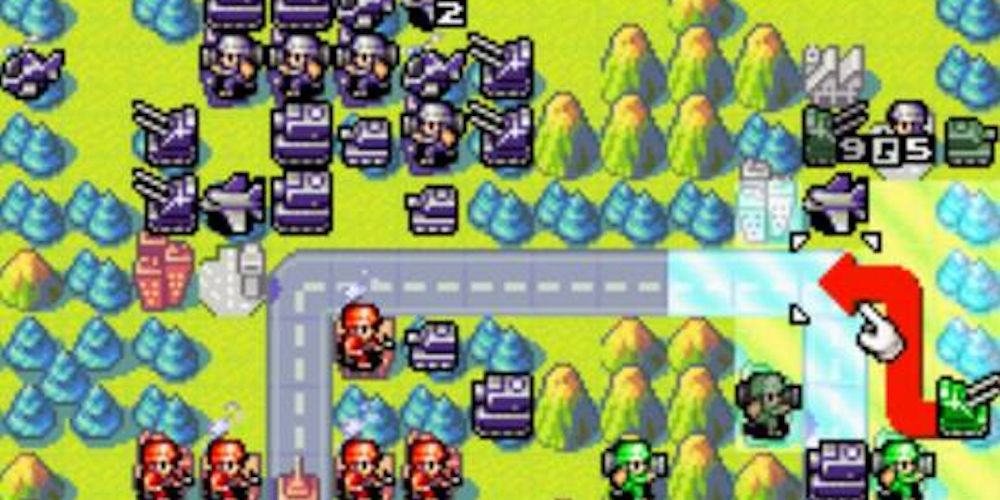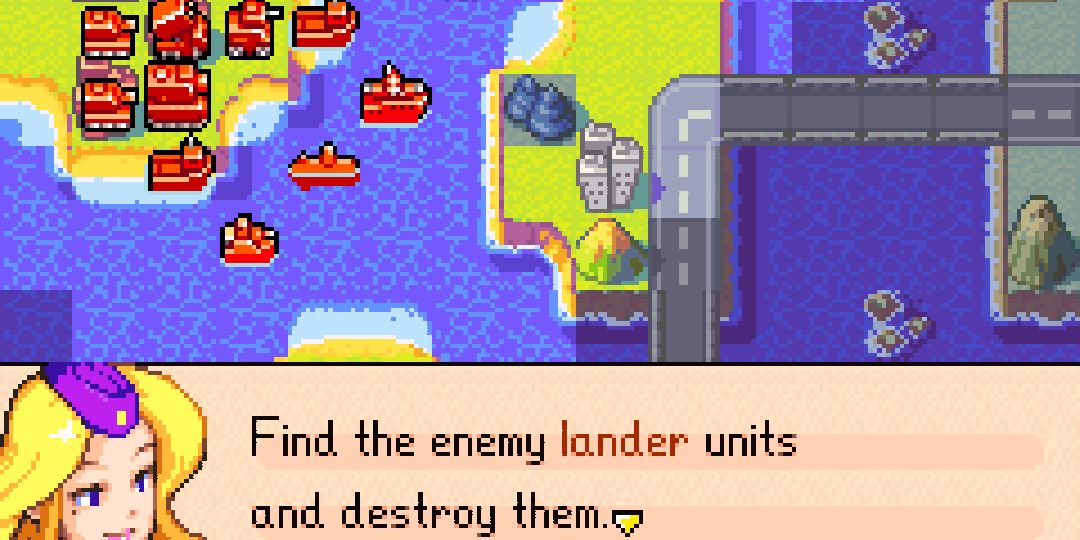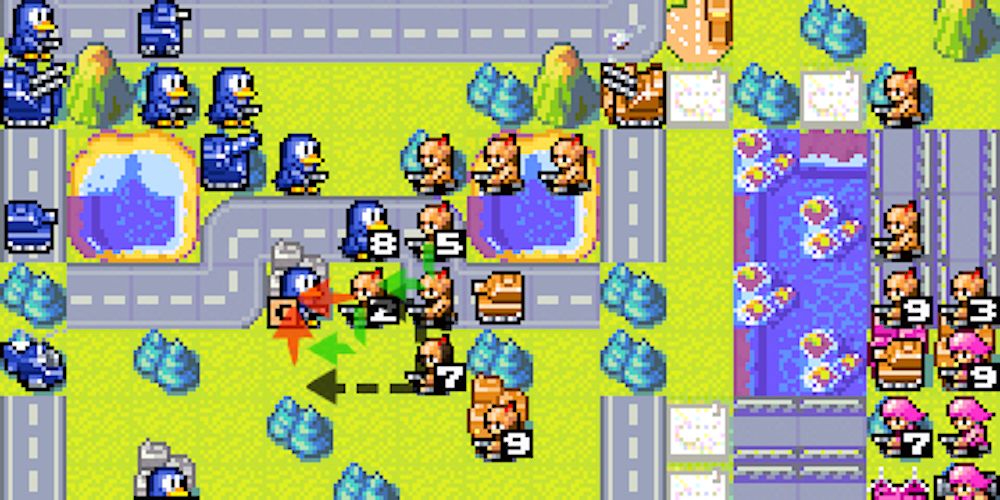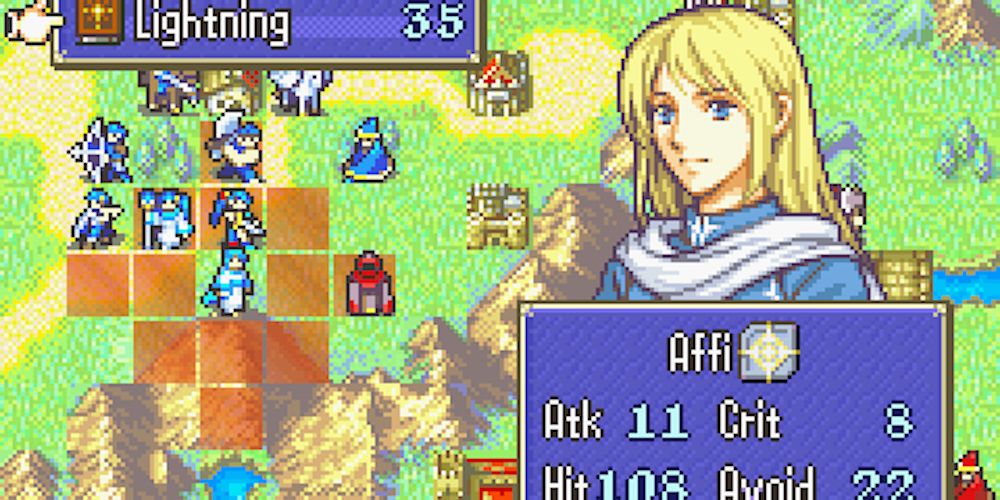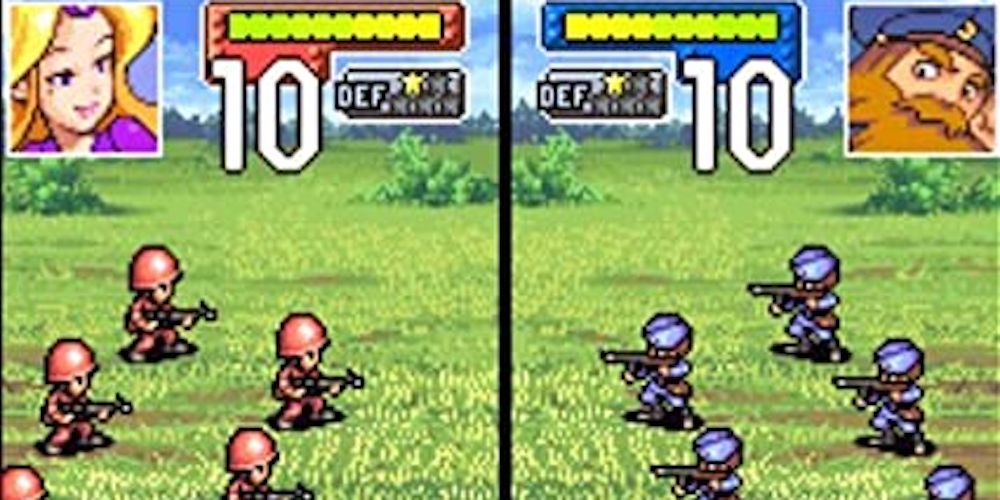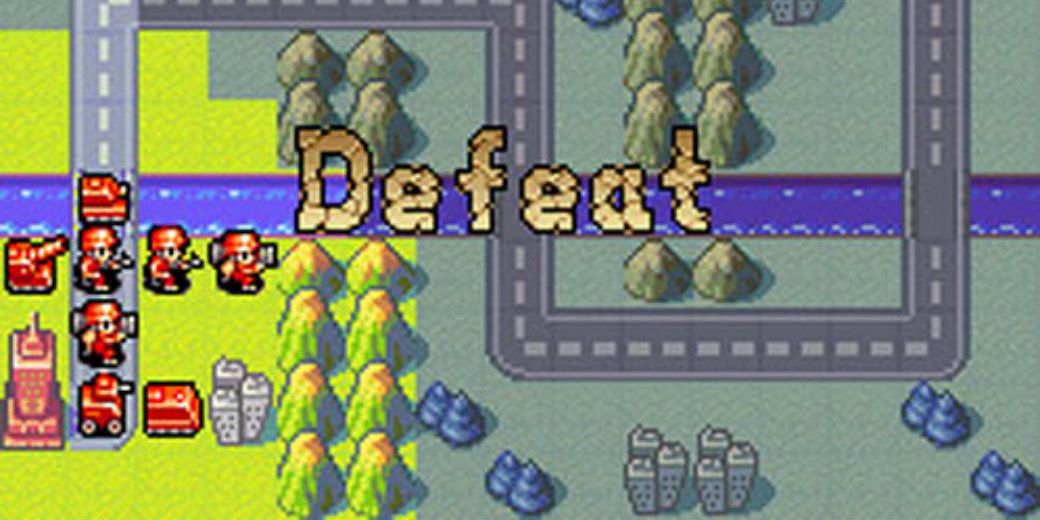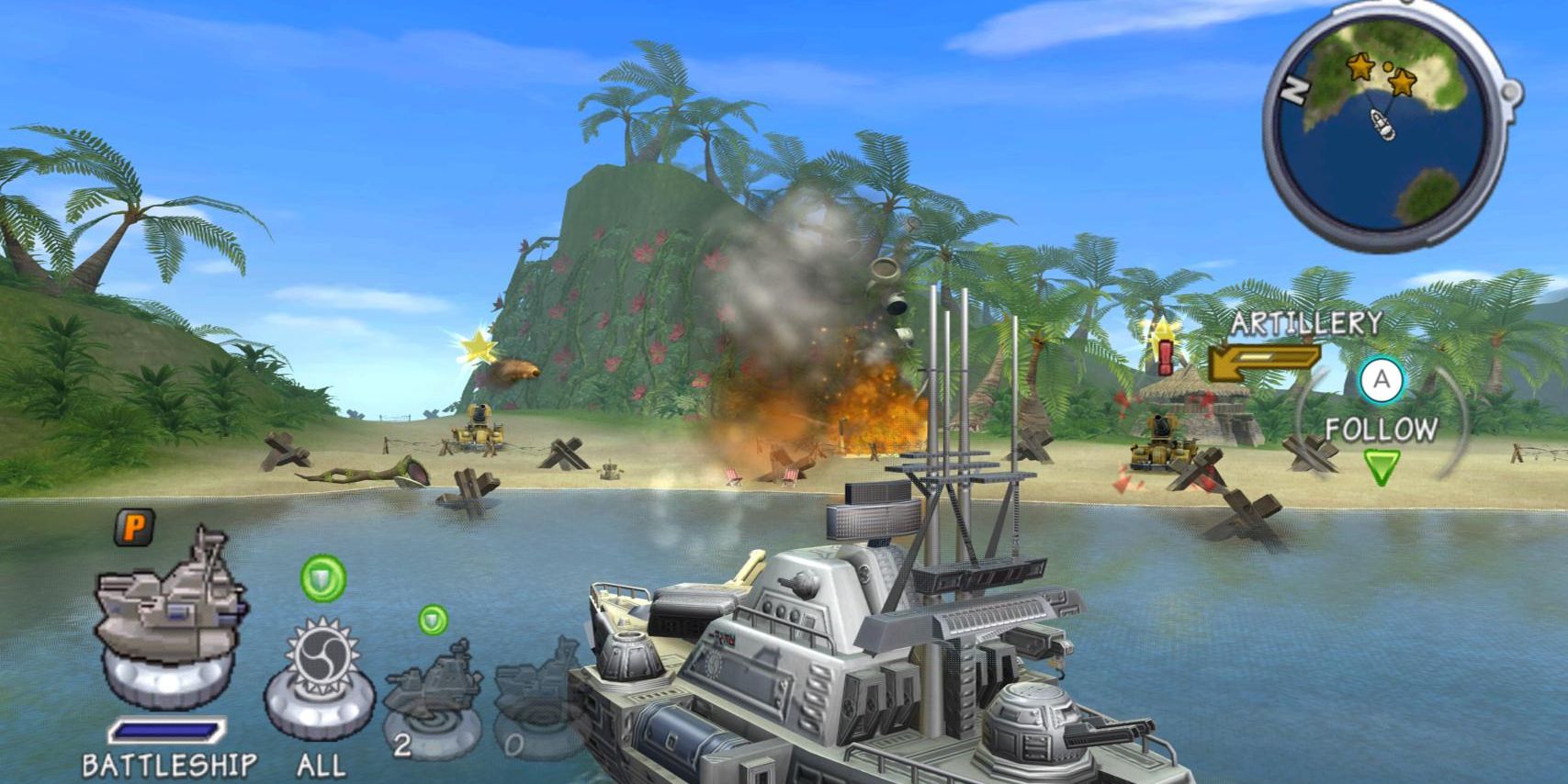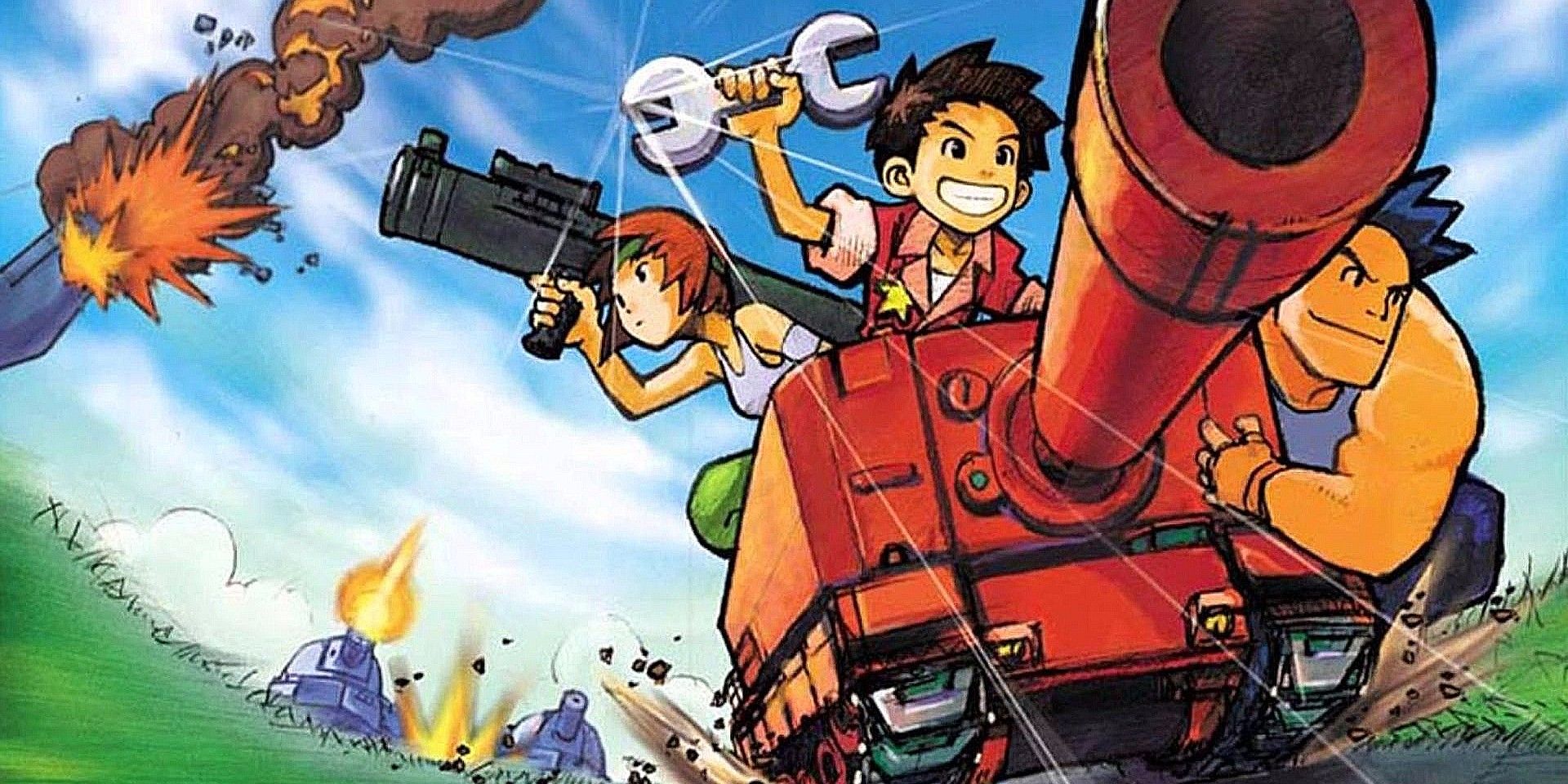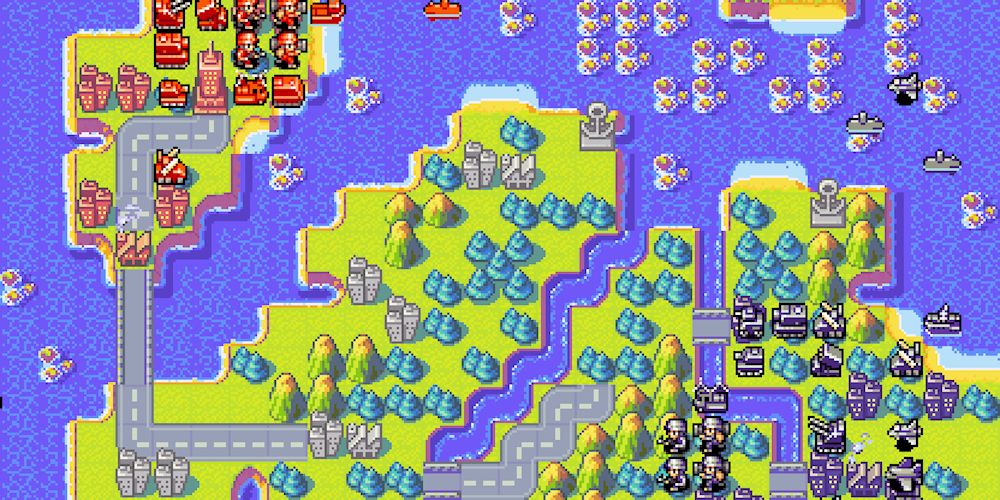The video game industry has never been more successful and pervasive, but even those that are completely oblivious to the medium of entertainment are still at least aware of Nintendo. Nintendo has established a legendary reputation thanks to their innovative video game consoles and iconic gaming mascots like Mario, Link, Kirby, and Samus. Nintendo has many beloved intellectual properties, but there are also lengthy franchises that have fallen through the cracks over the years, like the Advance Wars series.
Advance Wars is a must-play Game Boy Advance title that applies Nintendo’s principles to the strategy genre of gaming. It’s unclear if audiences have seen the last of Advance Wars, but that’s why it’s even more important to learn about this pivotal Nintendo property.
10 It’s An Extension Of The Famicom Wars Series And Has Several Sequels
Advance Wars is certainly one of the most celebrated and flashiest entries in the series, but this 2001 game is actually the extension of a strategy franchise that had already been over a decade old with Nintendo at that point. Famicom Wars first debuted in 1988 and received subsequent sequels like Game Boy Wars, Super Famicom Wars, and Game Boy Color entries. Advance Wars is ostensibly in the middle of the larger franchise and its success also leads to subsequent sequels, Advance Wars 2: Black Hole Rising and Advance Wars: Dual Strike and Days of Ruin for the DS.
9 It Was Meant To Be A Series Exclusive To Japan
There are certain titles that are guaranteed successes that bank on established intellectual properties and others that click with audiences, but it’s more of a fluke. Advance Wars received a worldwide release, but it was the initial plan and a decision that was made out of curiosity rather than confidence that the game would be a success in North America. Nintendo’s plan was to restrict Advance Wars to Japan, just like the previous Famicom Wars entries, which makes it all the more special that these games were able to make it overseas and connect in the way that they have.
8 It’s The First Entry In The Series To Have A Story Mode
The strategy genre has made incredible strides over the past few decades and the innovations of gaming hardware now allow these varieties of games to become considerably more ambitious. The previous titles in the series function as to-the-point turn-based strategy titles, but Advance Wars is the first entry that brings a full story mode into the picture.
This makes Advance Wars feel like a much more complete package, whether it’s played alone or with others. This story mode has remained a staple of Advance Wars ever since.
7 Its Original Release Was Delayed And Cancelled Outside Of North America
Advance Wars was initially supposed to have a staggered worldwide release that started with a North American debut on September 10, 2001. The tragedy that occurred the following day on September 11th caused this plan to radically shift and the European release was delayed until 2002. The Japanese release was supposed to come out in October, but it was fully canceled because Game Boy Wars 3 was released in the same year and viewed as a potential conflict. It wouldn’t properly release in Japan until 2004’s Advance Wars 1+2 compilation title.
6 The Series' Success Opened The Door For More Unconventional Western Ports
There are still constant petitions and movements to try to localize older games that never made their way outside of Japan for whatever reason. A lot of the time, titles that are more outside of the box are immediately ignored for localization. Nintendo didn’t think that a highly complicated turn-based strategy game would perform well on the handheld outside of Japan. However, a comprehensive tutorial was implemented to streamline the process and remove the need for an instruction manual. Advance Wars’ unexpected success is directly responsible for other previously unlocalized franchises, such as Fire Emblem, to get a new chance.
5 Multiplayer Can Be Played With Several Consoles And Just One Game
Multiplayer now seems like a foregone conclusion. This feature is considerably rarer on handheld titles, but Advance Wars offers some innovative ways to bring more people into the Advance Wars party. Versus Mode allows up to four players to operate off of a single Game Boy Advance, which is rotated between turns.
Link Mode utilizes a Link Cable to do the same, but through separate Game Boy Advances. However, Link Mode can be done with just one copy of the game, which is a fantastic perk and offers an unprecedented level of multiplayer from the previous entries in the series
4 Developers Incorporated Their Favorite Mechanics From Other Genres Into Gameplay
Part of the reason that Advance Wars is still considered one of the best series on the Game Boy Advance and a gem of the turn-based strategy genre is because meticulous development and troubleshooting went into its production. Advance Wars 2's director, Makoto Shimojo, told his development to pull mechanics from their favorite game genres, such as shooters or rhythm titles. This eclectic mix of game design sensibilities is part of the reason that Advance Wars feels so unique and like an evolution of the strategy genre.
3 The Battalion Wars Series Is Actually A Spin-Off Of Advance Wars
The Advance Wars series started on the Game Boy Advance, but the franchise actually continued in a sense on Nintendo’s home console market. Battalion Wars is an underrated Gamecube game and both it and its Wii sequel are in fact spin-offs from Advance Wars. The titles are developed by Kuju Entertainment, rather than Intelligent Systems, and they were nearly titled Advance Wars: Under Fire. It was later decided to change the name to reflect the slightly different real-time strategy gameplay as opposed to the turn-based approach in Advance Wars. In Japan, the spin-offs still bear the Famicom Wars branding.
2 The Bight Colors And Comedy Is To Bring A Younger Audience Into The Strategy Genre
There were a lot of initial doubts around the Advance Wars series, especially with it as a title on the handheld Game Boy Advance platform. The Game Boy Advance’s primary market slowly became younger audiences, which aren’t the natural demographic to play turn-based strategy titles, especially on a handheld. Advance Wars worked hard to remedy this preconception to intentionally skew the title towards a younger crowd. This was accomplished through revised gameplay, a more comedic tone, a bright and friendly aesthetic, and even the title’s meticulous pacing.
1 The Map Unlocking Mechanic Was Designed To Keep Audiences Playing Longer
Titles like Advance Wars often offer lengthy campaigns, but a crucial factor in their replayability factor comes down to the versatility and range of maps so that gameplay can continually feel new. The original Advance Wars begins the tradition of offering an exhaustive amount of maps to the player that are obtained by sinking more hours into the game. This strategy became a subtle way to get the audience to play the game for as long as possible. This continues until the DS’ Advance Wars: Days of Ruin, which recognizes a shift in audience priorities.

